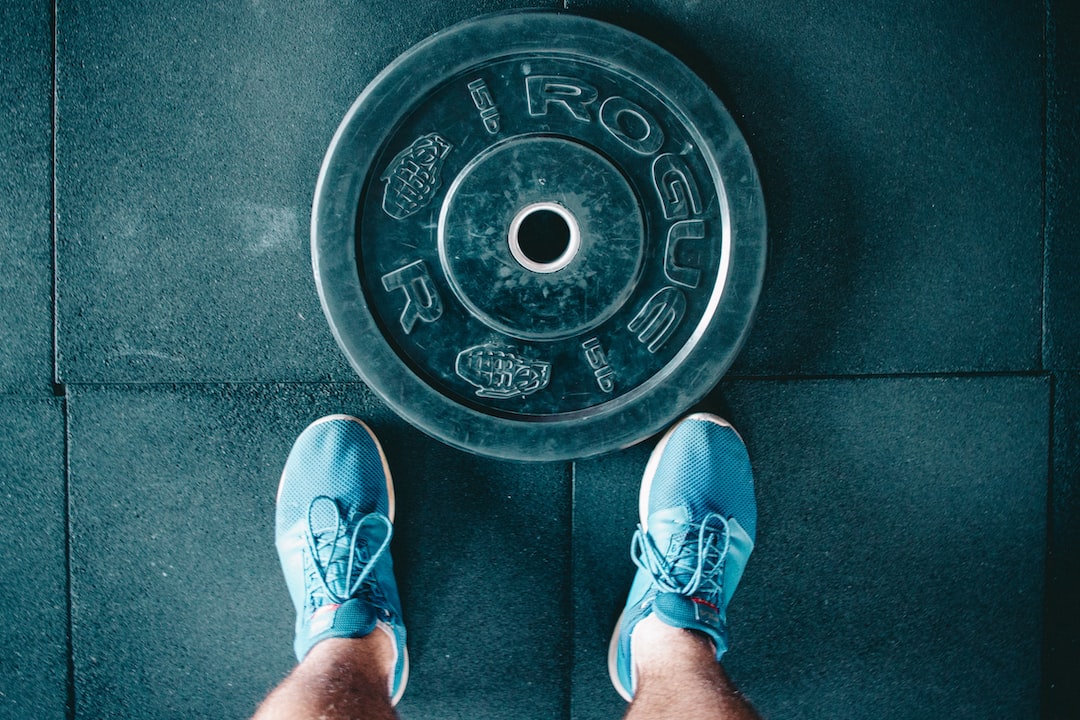Rowing is an excellent form of exercise that offers numerous benefits for both strength and fitness. Not only does it provide a full-body workout, but it also has a low impact on the joints, making it suitable for people of all ages and fitness levels. Additionally, rowing has been proven to be beneficial for those suffering from osteoporosis, a condition characterized by loss of bone density and increased susceptibility to fractures.
One of the key advantages of rowing is that it engages multiple muscle groups in the body. When rowing, you primarily work the muscles in your arms, legs, back, and core. These muscles work together to generate power and strength, making rowing one of the most efficient exercises for building overall body strength. Regular rowing can result in increased muscle definition and tone, as well as improved cardiovascular fitness.
Moreover, rowing is low impact, which means it puts minimal stress on the joints. For individuals with osteoporosis, this is particularly beneficial as it reduces the risk of fractures and injury associated with high-impact exercises. Instead of pounding on hard surfaces like in running or jumping exercises, rowing uses the resistance of water or a rowing machine, minimizing the strain on the joints while still providing an effective workout.
is rowing good for osteoporosis? Absolutely. In fact, rowing can be a crucial component of an exercise routine for those with osteoporosis. Weight-bearing exercises, such as rowing, have been found to help maintain and improve bone density. As rowing requires you to exert force against the resistance, it stimulates the bones to adapt and become stronger. This, in turn, helps to counteract the loss of bone density caused by osteoporosis.
In addition to its direct impact on bone health, rowing can also improve balance and coordination. These aspects are particularly relevant for individuals with osteoporosis, as they are prone to falls and fractures due to weakened bones. By regularly practicing rowing, individuals can enhance their balance and coordination, reducing the likelihood of accidents and enhancing overall functional fitness.
Lastly, rowing provides a great cardiovascular workout. It increases heart rate, promoting cardiovascular health and helping to burn calories. For individuals with osteoporosis, maintaining a healthy weight is essential, as excessive weight can increase the risk of fractures. Rowing helps to burn calories and maintain a healthy body weight, reducing the strain on the bones and joints.
In summary, rowing is indeed good for osteoporosis. With its low impact nature, ability to engage multiple muscle groups, and positive impact on bone health, rowing offers a safe and effective exercise option for individuals with osteoporosis. Incorporating rowing into an exercise routine can improve overall strength, cardiovascular fitness, balance, and coordination, helping to manage osteoporosis effectively while enjoying the many benefits of this versatile exercise.


